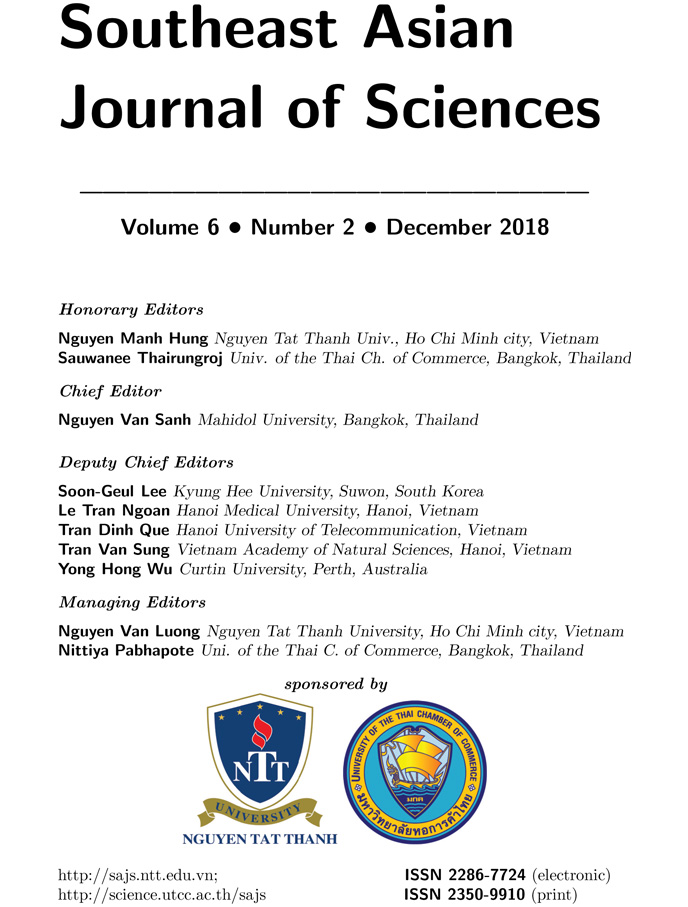MODELING MOBILITY IN WIRELESS NETWORK WITH SPATIOTEMPORAL STATE
Abstract
In the wireless network, mobile users often change their accessing points to Internet. Then, while the mobile node transfers communication from one access point to another access point - called handover or handoff, it is not able to send or receive data. Predicting mobility is one of the prominent solutions for reducing the handover latency. Several approaches to the prediction have been considered such as Hidden Markov models, machine learning, data mining and so on. The data mining approach investigates the log file of node mobility history to predict its next move. In such a context, the spatial attributes of a mobile node are changing over time, and therefore time constraints between mobile locations play an crucial role. However, the current studies on mobility prediction are not satisfactory since spatial and temporal attributes of data are not considered simultaneously.
In this paper, we introduce a formal model of mobility based on spatial and temporal attributes of data in the wireless network. Based on this model, we construct mobility patterns and weighted mobility rules and then develop algorithms for discovering these patterns and rules. The discovered rules will be utilized in predicting the location of mobile node in the wireless network.

